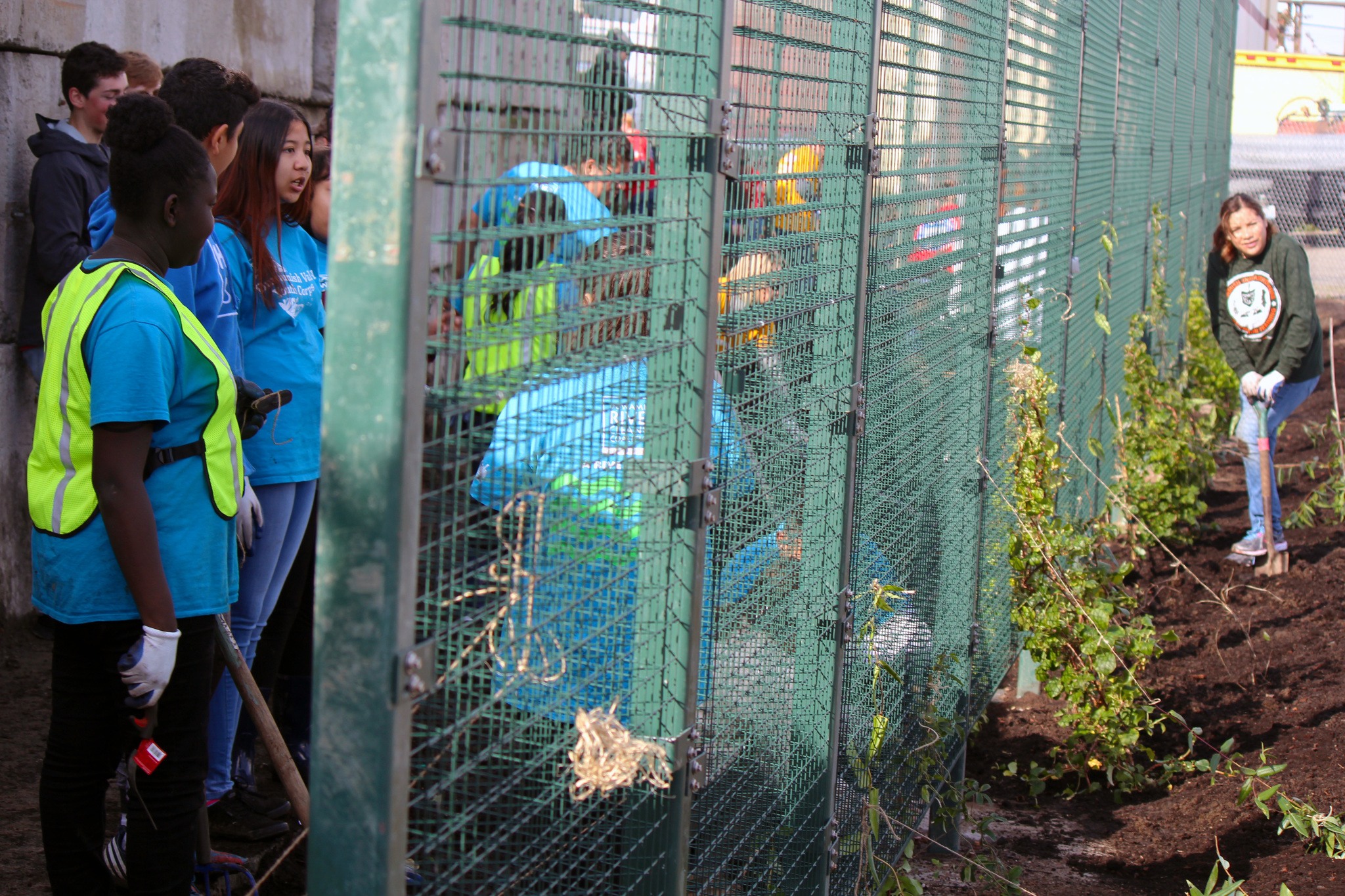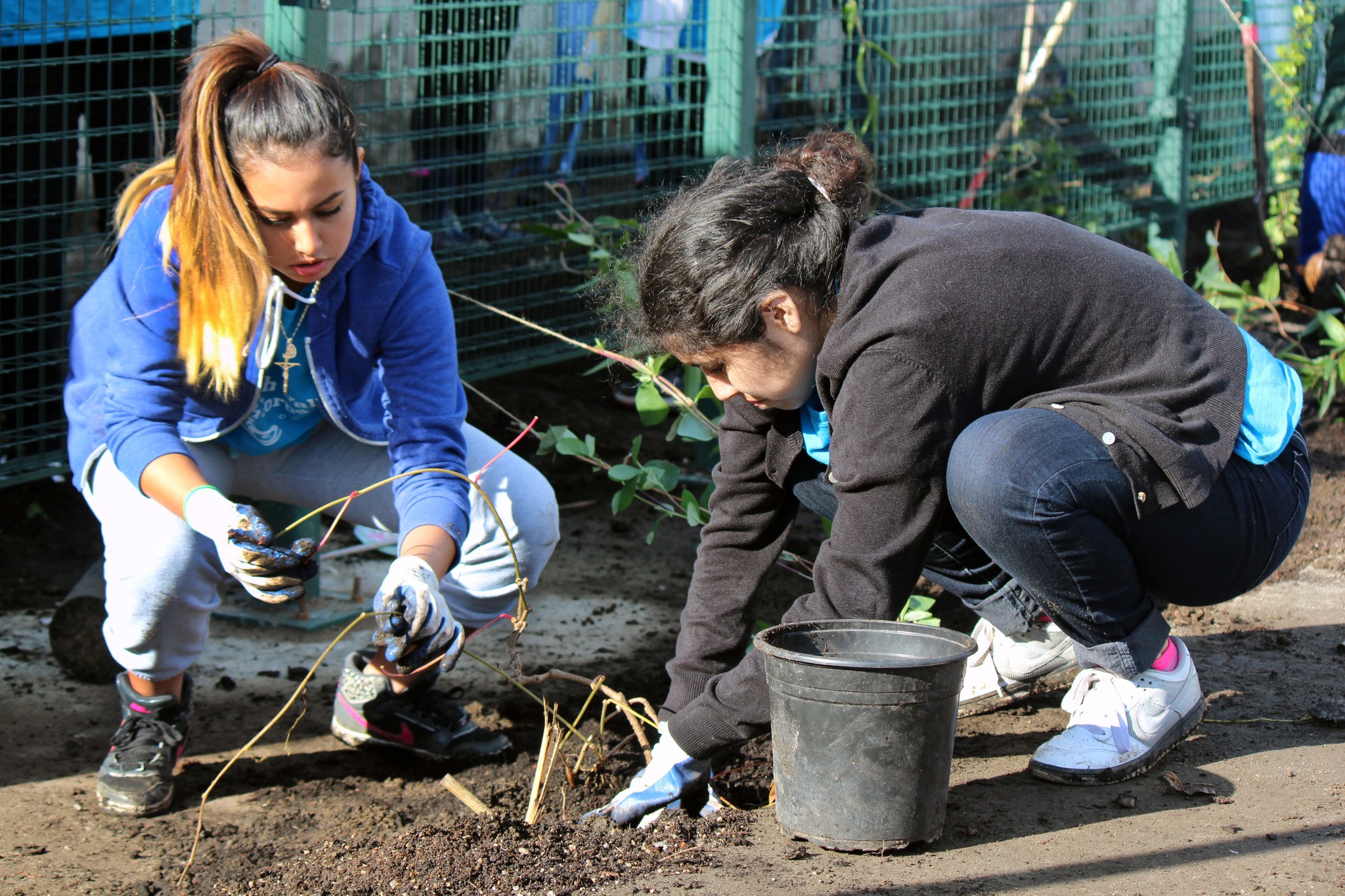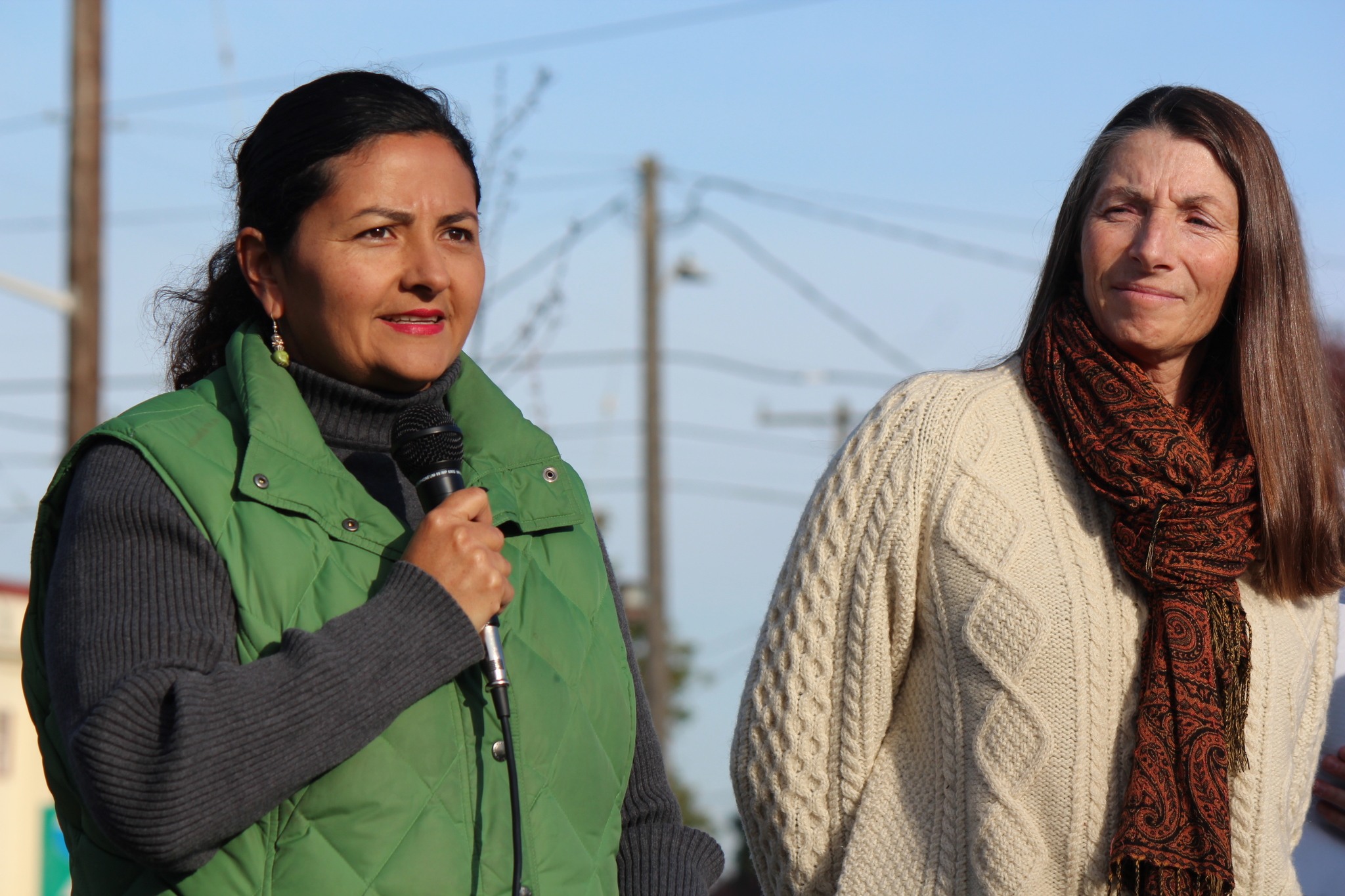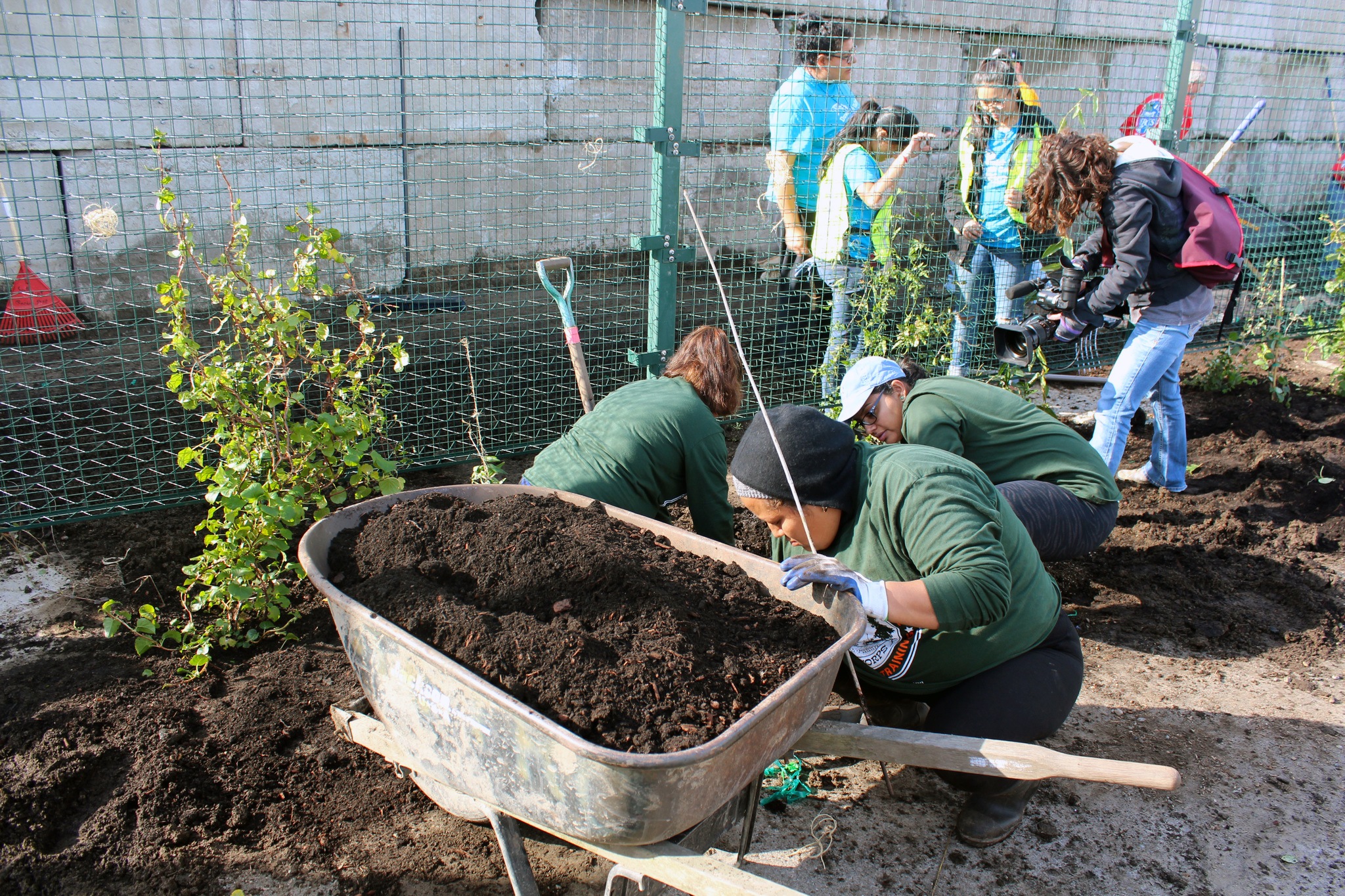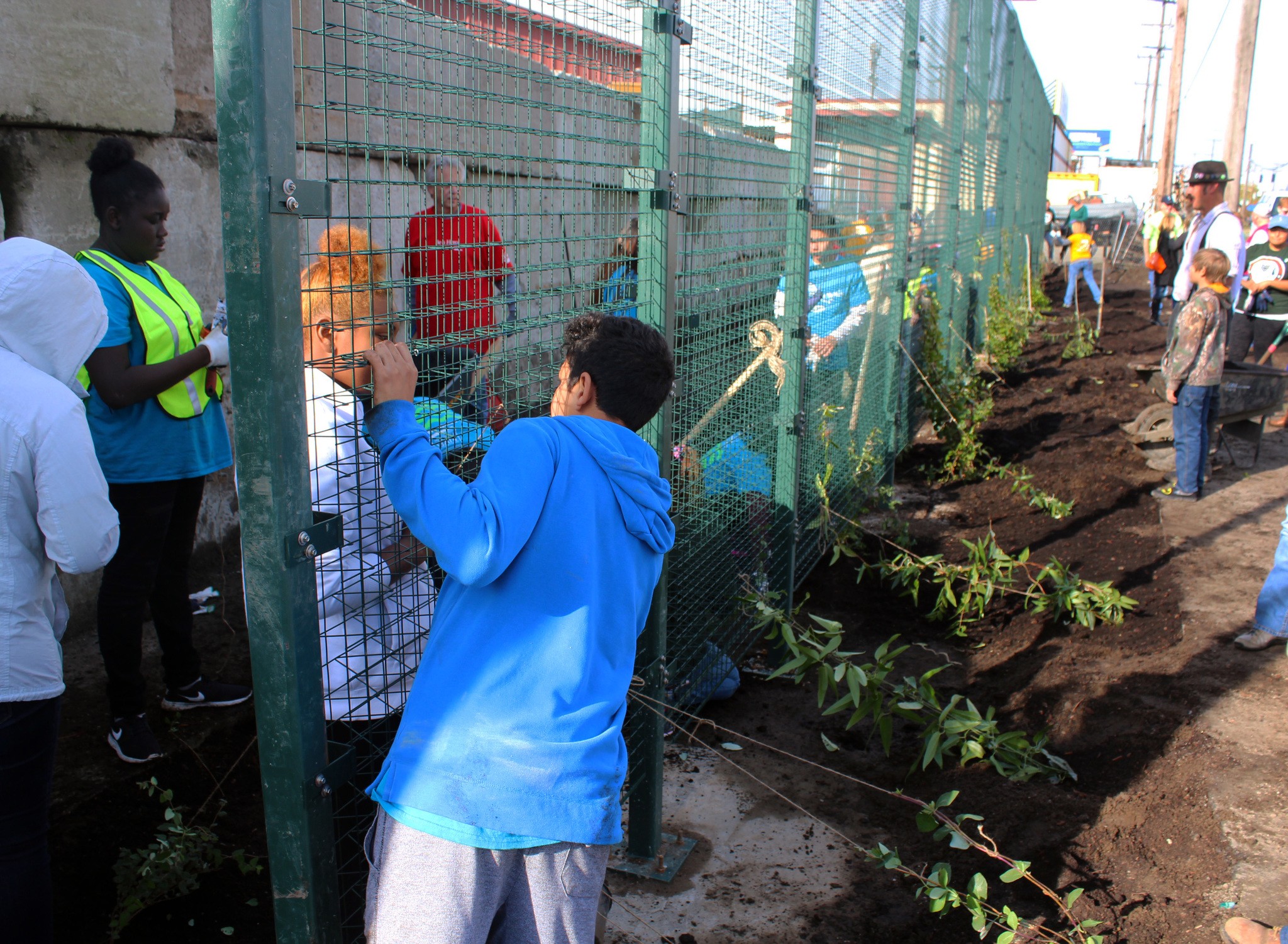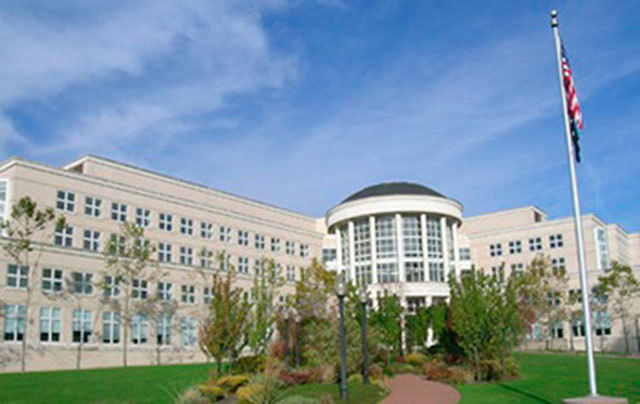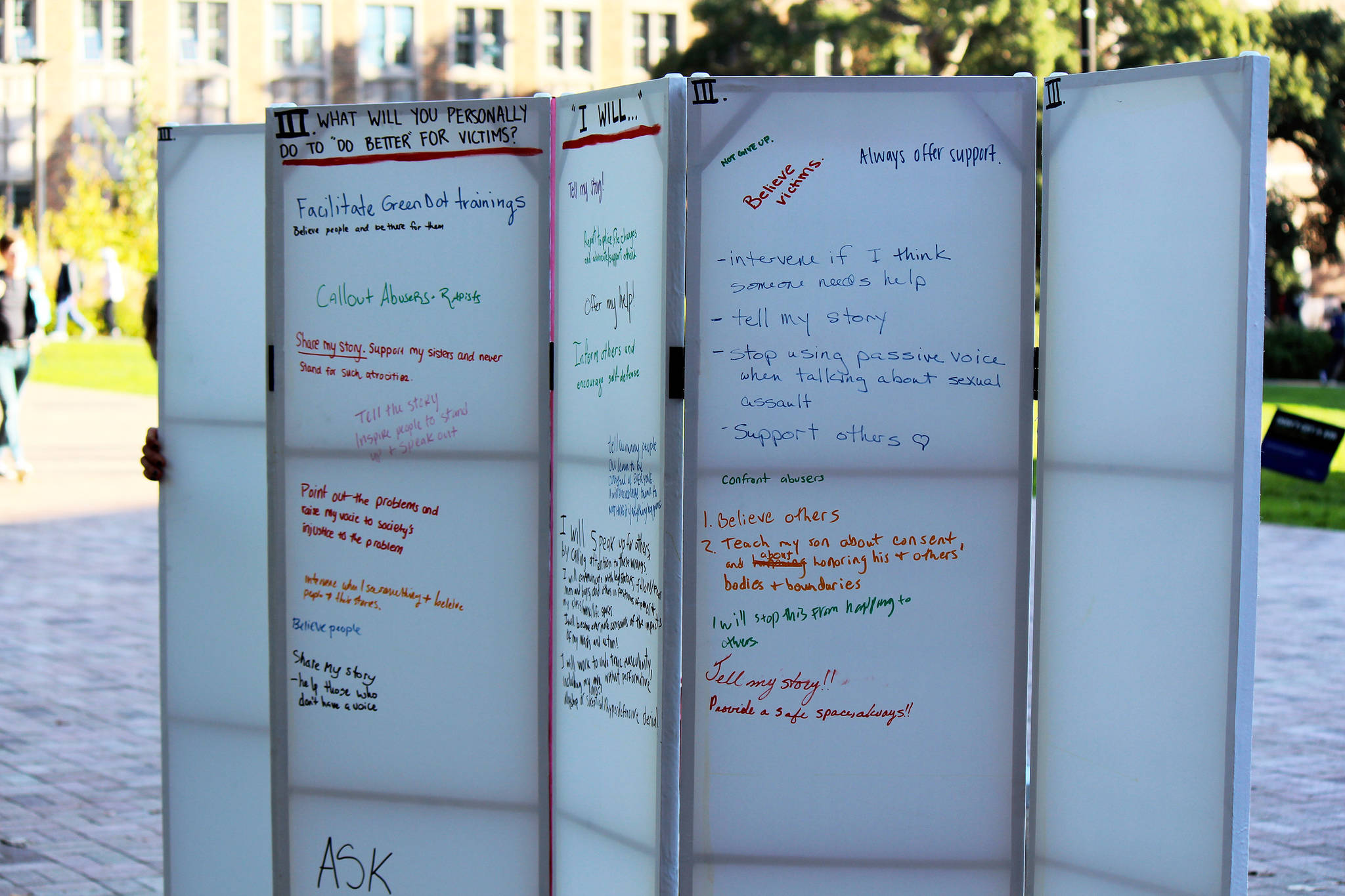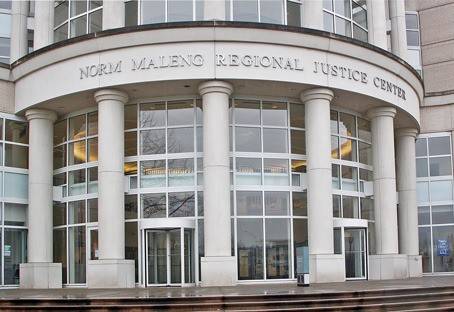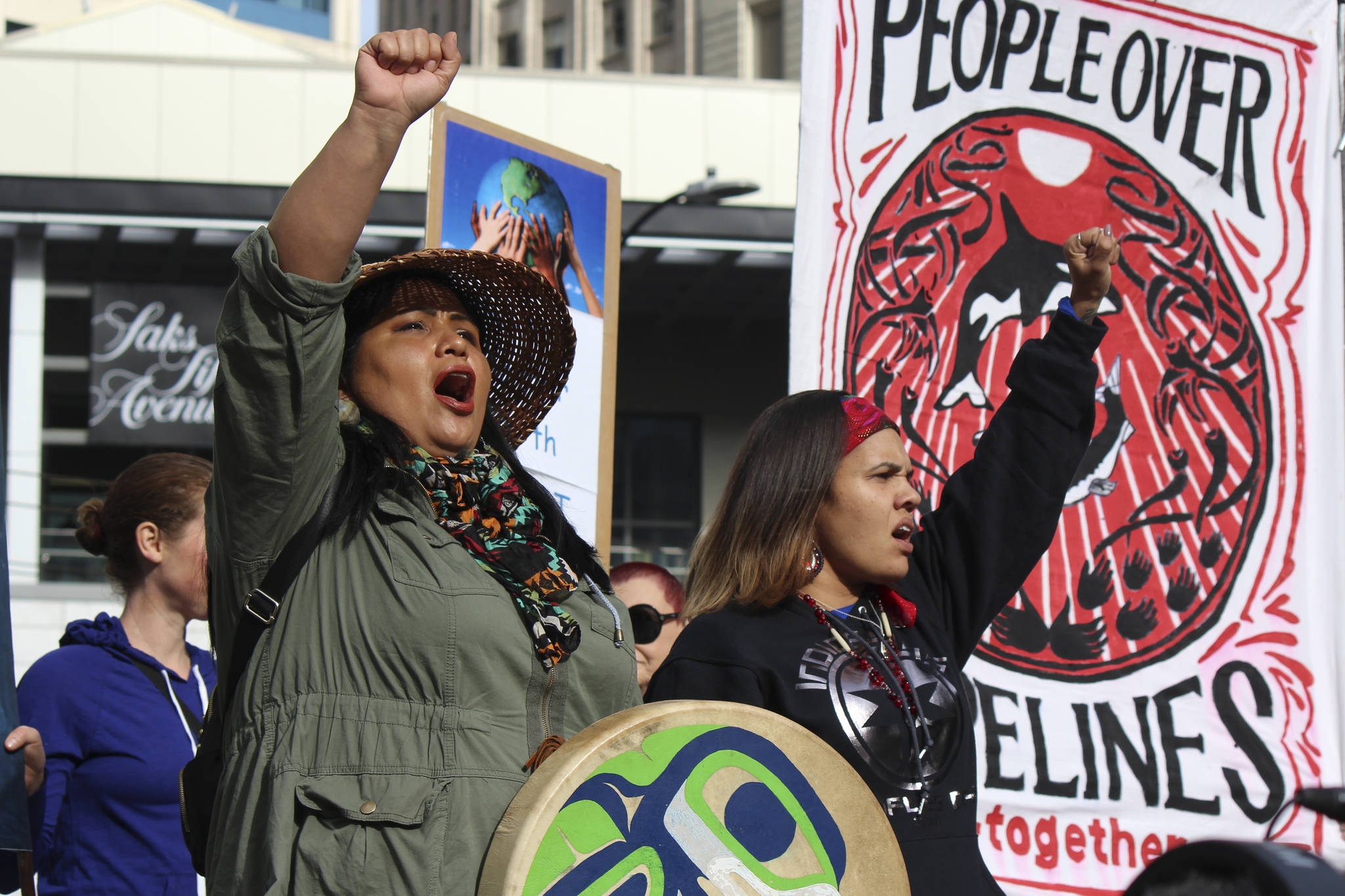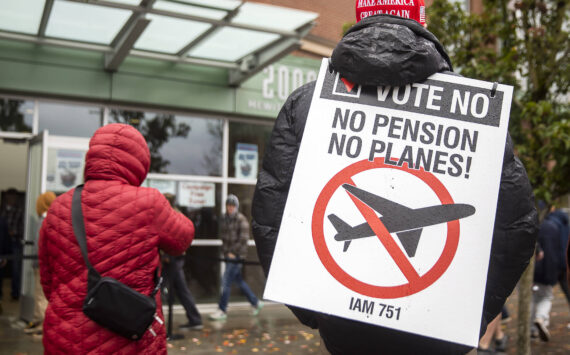Last year, Georgetown residents’ eyes were burning. A chalky, caustic dust was billowing through the air, settling on their homes, stinging their noses and throats, and causing piercing headaches, nosebleeds, and in some cases asthma attacks. “I felt like I had to take a running start to breathe,” said homeowner Kelly Welker of her experience at the time.
Almost all of Georgetown, and the Duwamish River Valley in South Seattle, is zoned industrial; the Duwamish River itself is now a multimillion-dollar Superfund site whose resident fish are too toxic to consume, and the slim rectangle of family homes in the Georgetown neighborhood are flanked by industrial facilities and freight-train tracks and diesel trucks that regularly cough out all sorts of fumes and particulates. So last spring’s burning throats were hardly the first health impacts for local residents—and likely won’t be the last.
Following residents’ complaints, though, and the city’s response, this particular toxic-dust culprit—a construction-debris-recycling facility called CDL Recycle—temporarily closed its Georgetown location. But it wasn’t, in fact, because of its multiple city and county clean-air violations; rather, a structural accident in June compromised the building’s stability. If the company is able to rebuild to code, city officials told KING 5, it may reopen.
But for now, it seems, last spring’s dust issue has come full circle. This past weekend, right in front of CDL Recycle’s facility on East Marginal Way South, community and youth groups put the finishing touches on South Seattle’s very first “green wall”—a metal barrier that will, within a year or two, be entwined with flowering plants as the two-foot starts volunteers planted over the weekend sprout upward. The vegetation has been found to do a remarkably good job of filtering toxins from the air in industrial neighborhoods—studies show they can reduce particulate matter by 60 percent and nitrogen dioxide air pollution by 40 percent if positioned correctly. At 126 feet long and 13 feet high, it’s the largest such structure in the city. And whether or not CDL Recycle resumes operations here, project coordinators and community members expect the wall to filter out all kinds of harmful pollutants in the neighborhood’s air.
“I am so proud that we’re going to have the largest green wall in the City of Seattle in Georgetown,” Senior Deputy County Executive Fred Jarrett told the grinning crowd on Saturday, which included project coordinators Duwamish River Cleanup Coalition Technical Advisory Group (DRCC/TAG) and Just Health Action (JHA), as well as the Duwamish Valley Youth Corps, DIRT Corps (an on-the-job training program for young adults), and volunteers from KING 5 and Lowe’s Home Improvement. “It is so fitting.”
The wall, a year in the making, is based on years of research that point to a slew of health inequities in South Seattle. Life expectancy is a whopping 13 years shorter for South Seattle residents than for those in wealthier neighborhoods, one study found; South Park and Georgetown’s hospitalization rates for childhood asthma are also the highest in the city.
Thanks to a grant from King County Wastewater Treatment Division, JHA and DRCC staffers were able to research air-quality solutions in communities across the country. When they presented their findings this past December and January to neighbors in Georgetown and South Park, residents decided the first thing they wanted to see in their neighborhoods were green walls. When they were asked where they’d want them, “Georgetown chose CDL Recycle,” said JHA executive director Linn Gould on Saturday. “And you can imagine why.”
CDL Recycle itself was on board. While the wall’s two main funding sources were grants from the EPA and King County, many local companies, nonprofits, and individuals also contributed a significant amount of materials and other in-kind support. DRCC and JHA staffers estimate CDL Recycle’s contribution to be some $30,000 to $40,000 in labor and equipment, including much of the heavy machinery needed for the project.
“They’ve been so helpful to us,” says project coordinator and Georgetown resident Andrew Schiffer. “The excavator, Bobcat, forklift … if we’ve had to rent [all that], it would have been thousands and thousands of dollars.”
While this wall alone won’t solve Georgetown’s air-quality issues by any stretch, and while it wasn’t particularly easy or cheap to build—it took months of planning, six weeks of steady building, and upward of $100,000 in grant funding and in-kind support—the important part, for project coordinators, is that it demonstrates what’s possible. “This is not the solution; it’s just the first step in a solution to addressing air pollution in the Duwamish Valley,” says DRCC development and communications manager Hannah Kett. Now that it is complete, “there’s a lot of interest” in building more across the region, especially from city and county officials.
For now, DRCC and JHA have enough grant money left to build a smaller green wall in South Park, and Schiffer says he hopes there’ll be interest in community workshops so local residents can build their own, too. This huge, visible wall is “one of many first steps,” but “I just want to do a lot more,” he says. “I feel like every fence structure should be growing vines.”
Green walls are a way “to make Georgetown and South Park prettier and healthier,” says 13-year-old Daniela Cortez, a Duwamish Valley Youth Corps member and South Park resident for most of her life. Like a good third of the DVYC kids, Cortez has asthma, and says she got involved in the group about a year ago because “I found out that we have the highest asthma rates [in the city] and there’s so much pollution here … I just wanted to do something—not just sit around and wait until someone else does it for me.”
Adds longtime Georgetown resident Marianne Clark, whose family has lived in the same house on Carleton Avenue South for the past 103 years, “To bring this kind of project into Georgetown is just really great.” She remembers when her father and grandfather regularly fished from the Duwamish; now, “I wouldn’t dare even put my dog’s foot in that water.” The air quality, she confirms, “over the years, [has] gotten way worse.” She says that even for lifelong residents, the toxic-dust issue last year was bad (“Oh, yes; you could hardly breathe”). But to Clark, too, this kind of community-beautifying project seems a step in the right direction. In whatever small way, “it’s gonna get better air quality for my grandchildren,” she says. “I’ve got a brand-new grandbaby. I want her to be able to play in my yard.”
